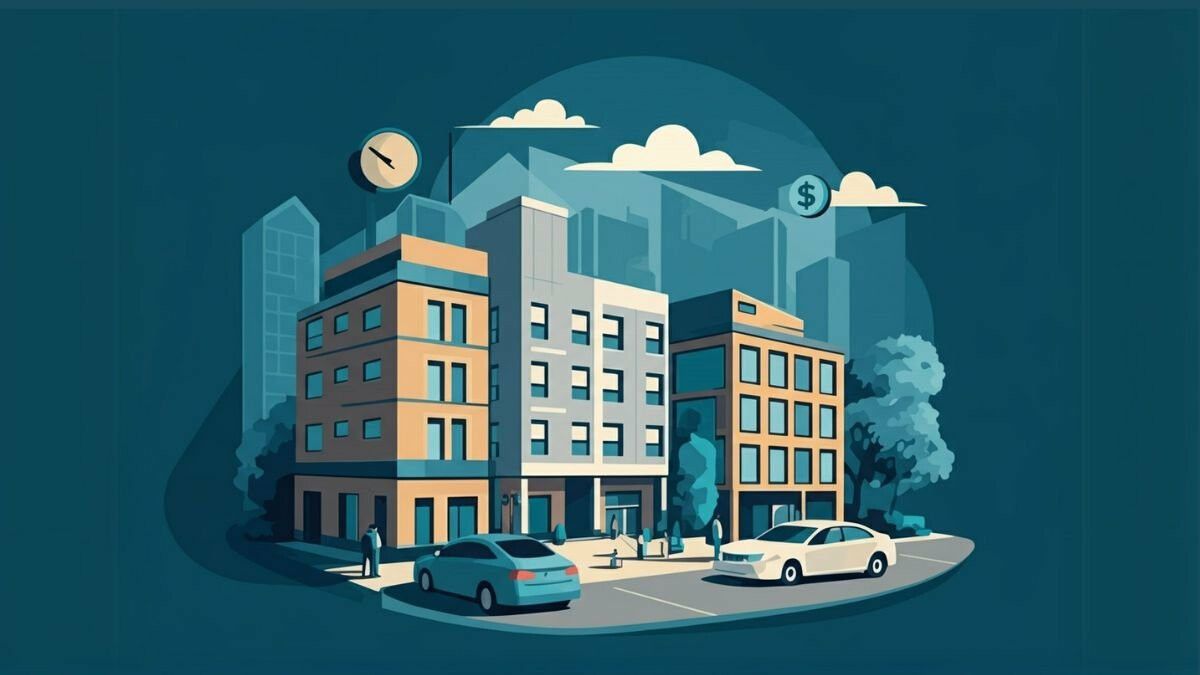23 Dec 2020 | Industry Insights
Optimising building processes through smart tech

A key dilemma for the UAE is how to construct buildings to meet the demands of an increasing population but to do so in a way that will reduce the impact on the environment.
It is a multi-faceted problem due to the fact that the environment is impacted almost during every phase of construction. According to research from Architecture 2030, buildings currently generate almost 40% of the world’s greenhouse gas emissions. Couple this with the fact that construction also creates about 30% of the waste sent to global landfills and we can see how this is a problem.
It is an issue to be compounded in the coming years because the world’s population is expected to hit 9.8 billion by 2050, according to the UN. In terms of construction, nearly 13,000 new buildings would be required each day until 2050 to meet the rising demand.
Utilising smart tech
Despite the worrying stats, we have a range of smart technologies available at each stage of the construction process that enables us to design, build and operate more efficiently and sustainably.
Looking at the design and construction phase, the cause of much of the waste during this stage is because of traditional construction methods that create inefficiencies in workflows, communication gaps and outdated systems and processes. It is not uncommon for project managers to be overwhelmed by documents, reports and data. Important information can be missed as a result of this causing further delays down the line.
The solutions to all of these problems lie within new, digital construction methods that implement technologies such as Building Information Modelling (BIM) to streamline the design process. BIM improves collaboration and communication between teams as well as reducing work duplication. A visualisation of the pre-construction project can be accessed whilst reducing costs and mitigating risk.
Software like Autodesk’s BIM 360 Field helps to reduce cycle time to close issues, improving the overall quality of the project. Statistics show a reduction in response time to site issues by about 15%.
A more sustainable approach can be taken using Autodesk’s Construction IQ Preview, the use of algorithms sifts through hundreds – or even thousands – of project issues, prioritising them into ones that need the most attention each day. The use of machine learning and models can reduce rework and waste, detecting high risk and analysing unsafe behaviours or safety hazards.
Optimising consumption
In order for buildings to have a significant impact on sustainability, they must be operated in a manner that reduces their consumption of resources in the long term. The building sector is currently accounting for 30-40% of global energy use, this is being combatted with the rise in prevalence of net-zero carbon buildings which have been specifically constructed to balance their greenhouse gas emissions from traditional energy.
Temperatures can soar upwards of 42°C in the UAE in summer months resulting in an increased demand for air conditioning. BIM becomes invaluable in this instance because it anonymously gathers data on people’s behaviour patterns during different points in the day. Buildings then use this technology so that they can adhere to the needs of occupants meaning heating, ventilation and air conditioning are responding to human activity.
Buildings can learn and adapt through collecting and analysing this data. Machine-learning algorithms mean that buildings can respond to behavioural and environmental data proactively. The Al-Bahr Towers in Abu Dhabi have been designed to achieve high levels of efficiency, using a network of folding screens that open and close depending on where the sun is positioned, minimising energy use and maximising cooling for occupants.
The challenge of keeping pace with the demand for more homes to accommodate a growing population is one of the world’s biggest challenges. The technology needs to tackle this is available and increasingly being implemented in the construction industry, we now have the tools to build better, faster and more efficiently, thereby delivering a truly sustainable future.
Related insights

Industry Insights
The Intelligent Hotel: Navigating Costs with Digital Twins
The hotel industry, a sector once synonymous with bustling lobbies and seamless service, has weathered numerous challenges over the past decade. From pandemic-induced shutdowns to the relentless squeeze of rising costs and staffing headaches, hotel survival has become a masterclass in adaptation. Room demand reached an all-time high in 2024, according to STR research. As travellers return in mass, expectations have shifted, demanding a level of personalised experience that feels both effortless and intuitive. How do hotels meet the challenge? Enter the digital twin—a virtual representation reflecting the hotel's every heartbeat.
Read more

Case Studies
Preserving the Past, Powering the Future: Twinview's Role at Archives New Zealand
The newly constructed Archives New Zealand facility in the heart of Wellington represents a strategic investment in the long-term stewardship of the nation's invaluable historical records. Designed to provide a secure and stable environment for the preservation of national archival collections, safeguarding heritage isn’t just about secure storage; it requires a smart, resilient, and efficient environment supported by cutting-edge facilities management. To meet this challenge, Archives New Zealand partnered with Twinview and WT New Zealand to embed intelligence into the building's fabric. The result? A future-ready, high-performance facility where smart data meets operational excellence.
Read more

Industry Insights
Understanding Renters' Rights: How Digital Twins Improve Compliance and Property Management
The recent introduction of the Renters' Rights Bill in the UK aims to improve the relationship between tenants and landlords. As part of a broader effort to ensure fairer and more transparent living conditions, this bill ensures that rental properties meet specific standards, including affordability, maintenance, and habitability. Landlords and property managers now face new challenges in complying with evolving regulations. We explore how Digital Twins could support with these new compliance requirements.
Read more

